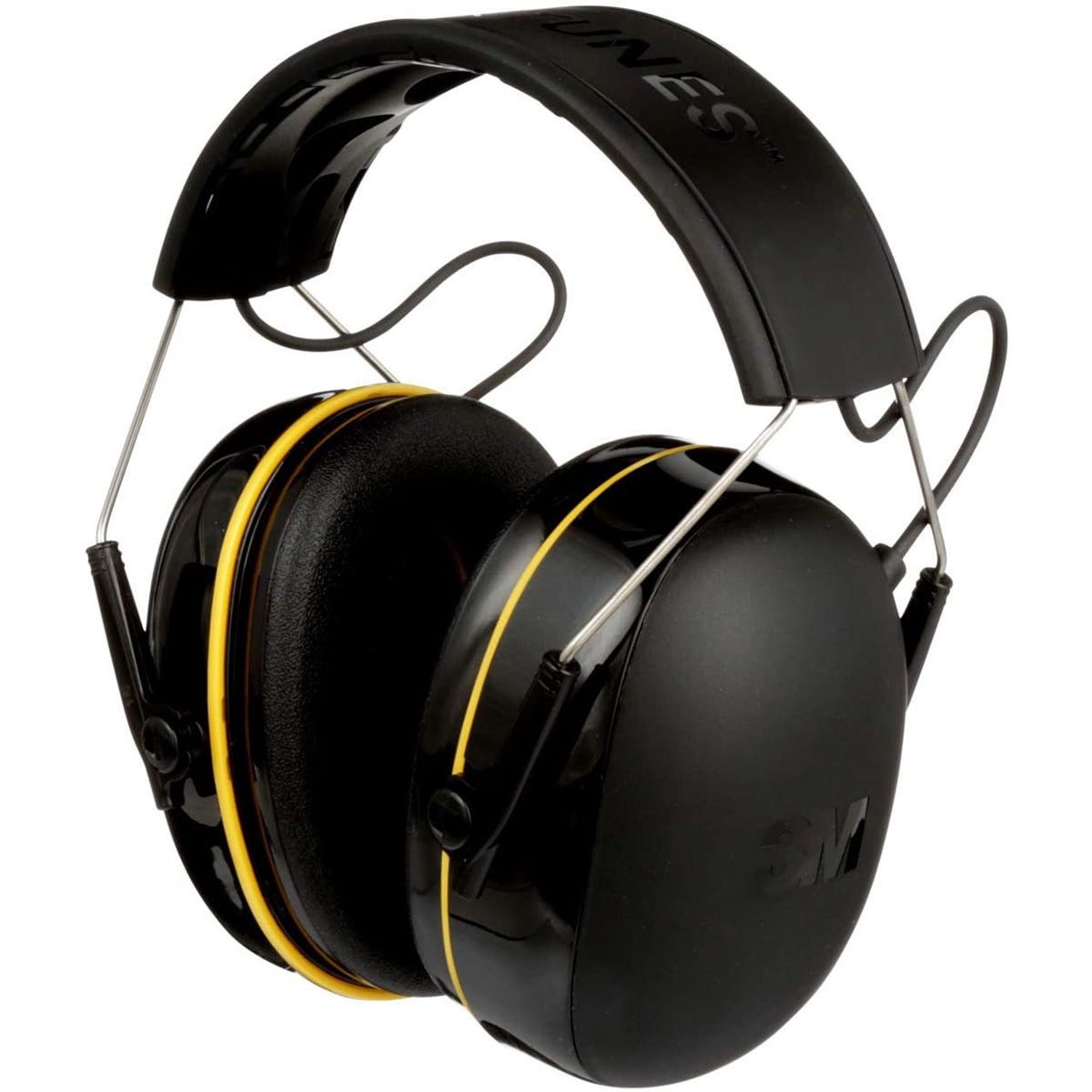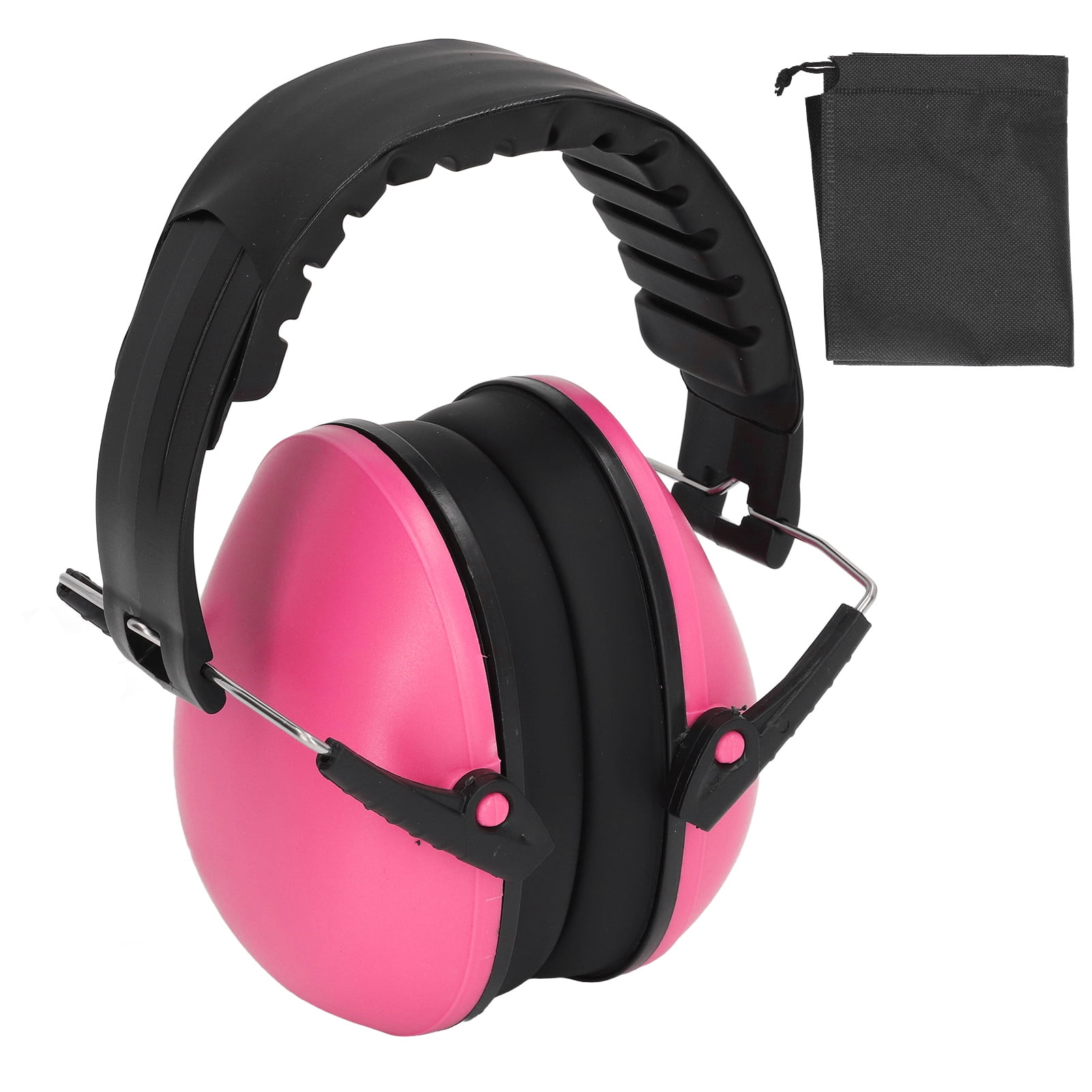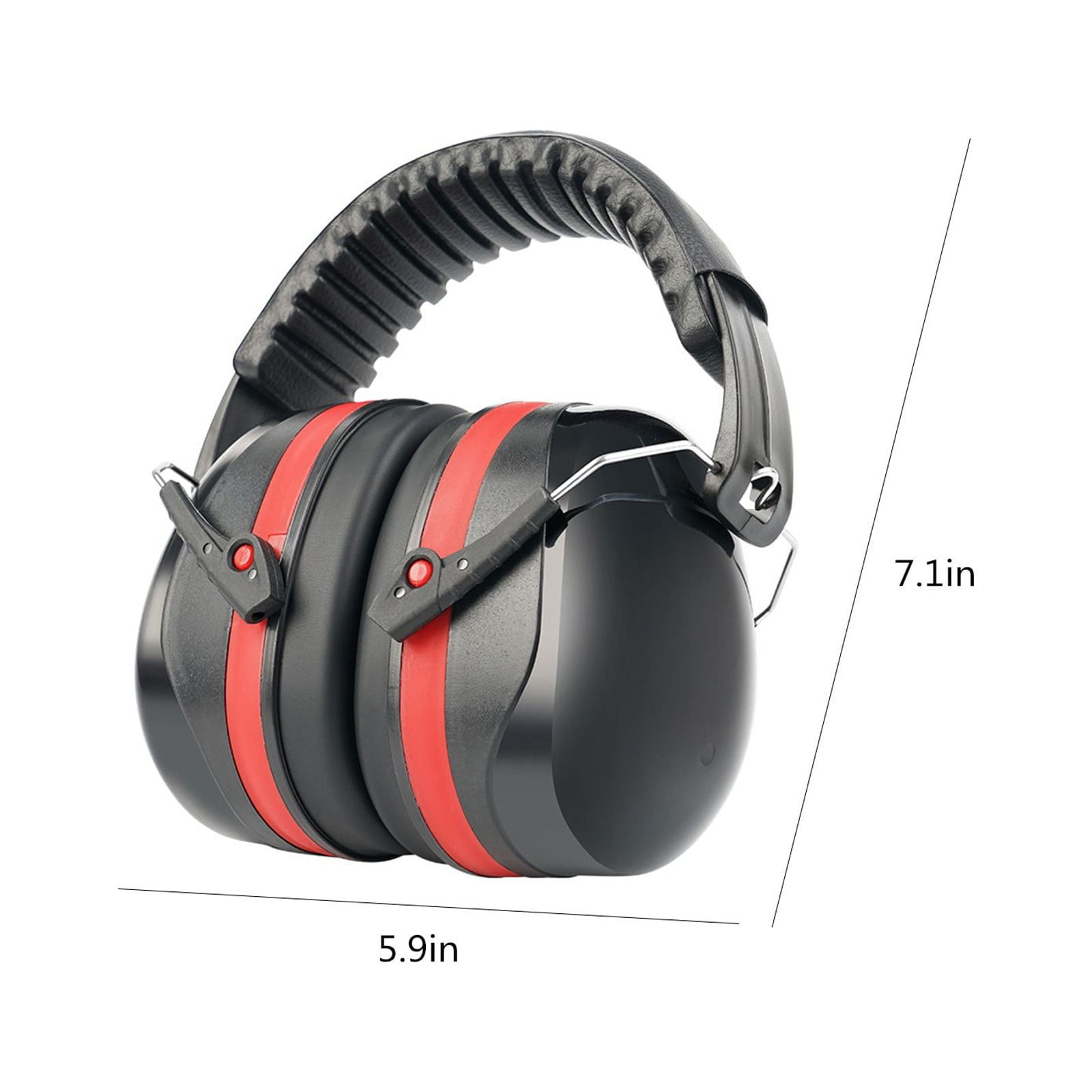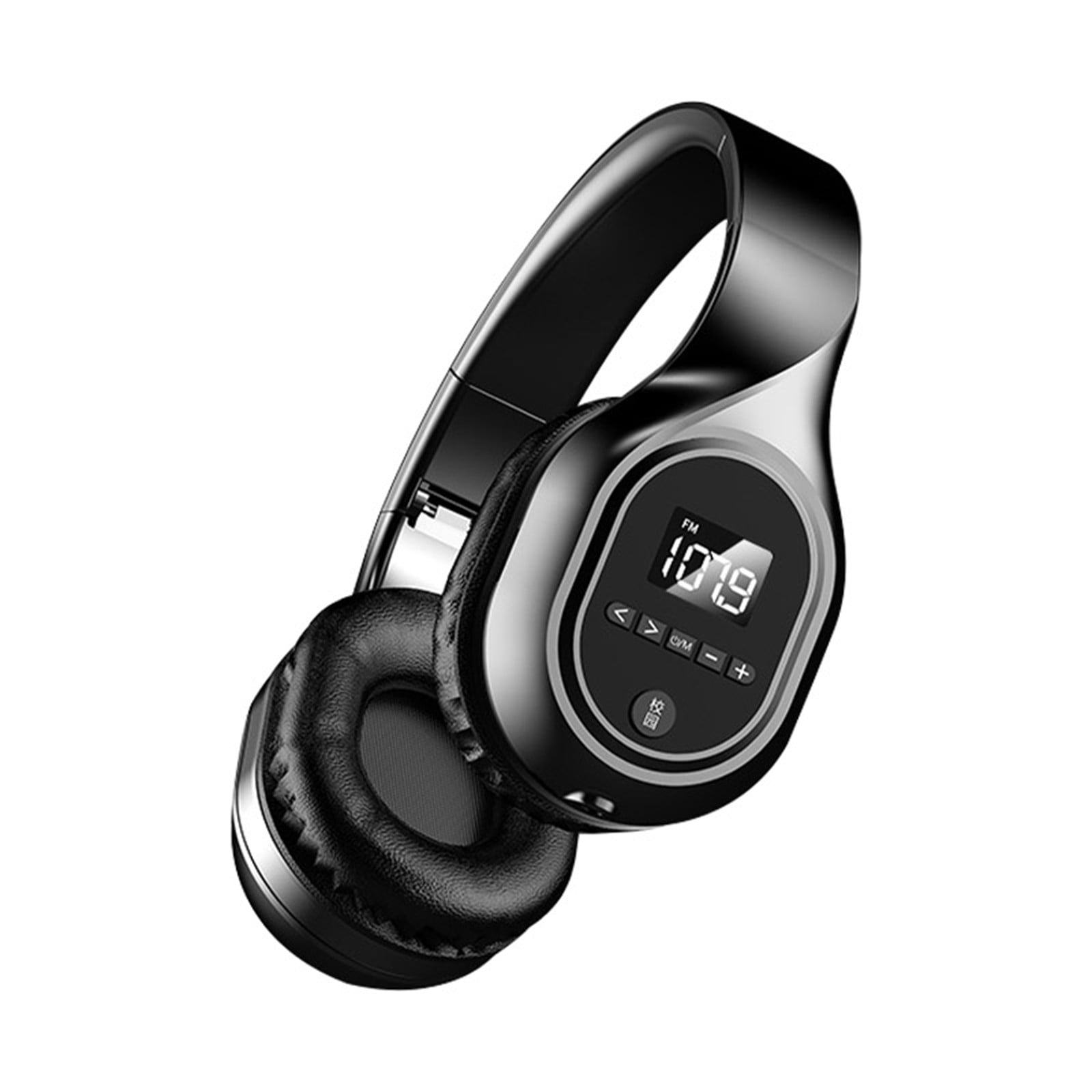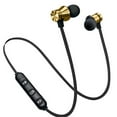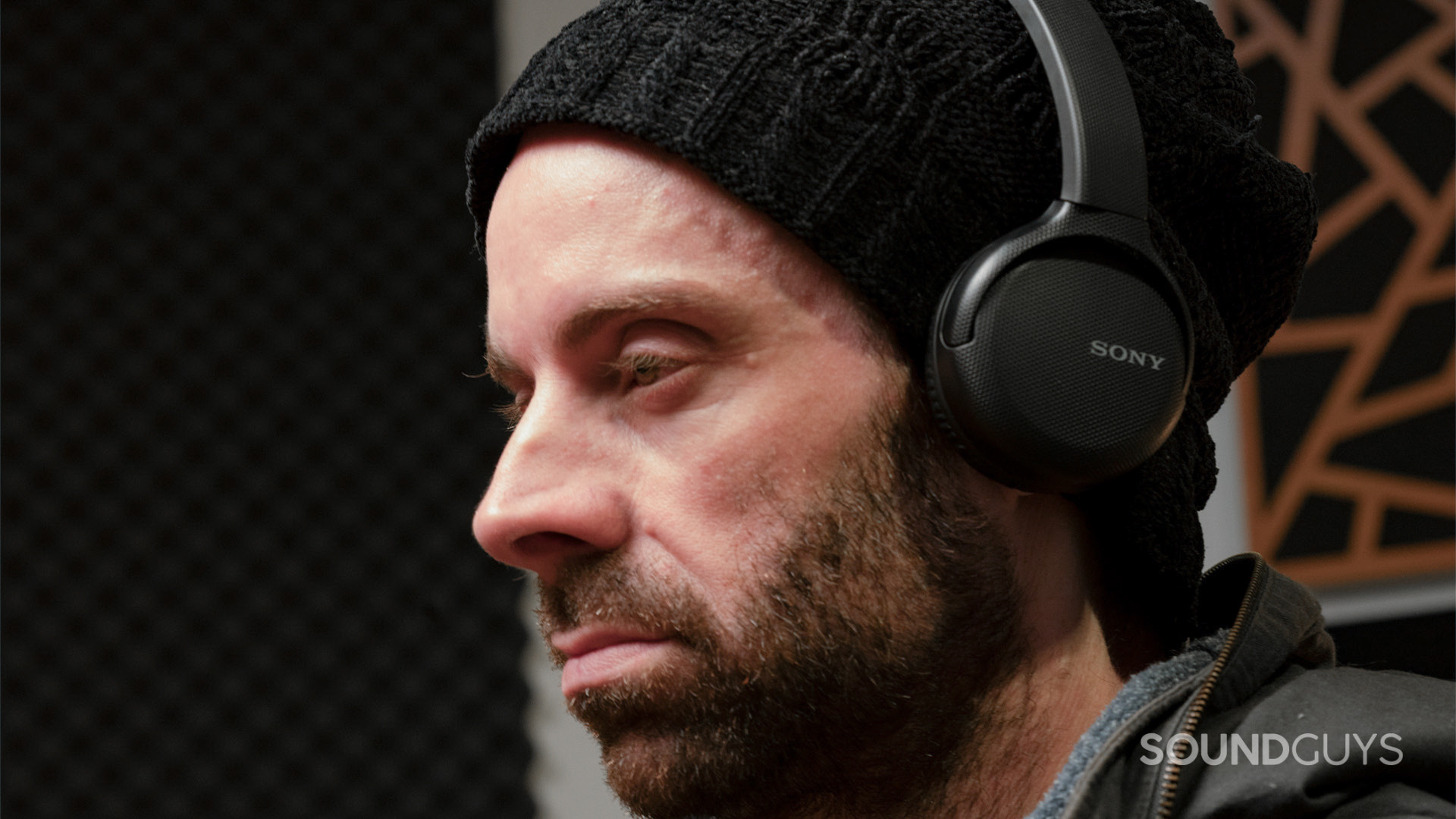Sound Blocking Headphones For Work
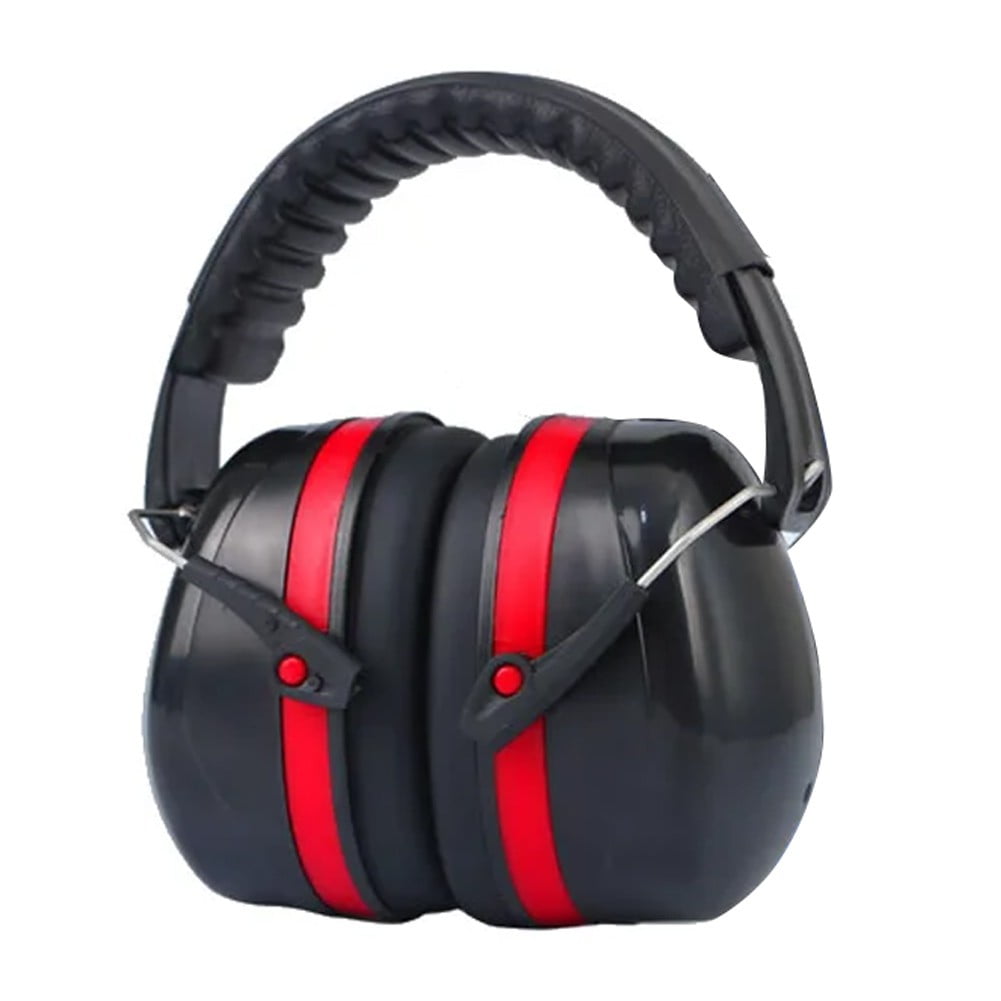
The open-plan office, once lauded as a catalyst for collaboration, is increasingly facing scrutiny for its contribution to noise-related distractions. Consequently, the demand for effective sound-blocking headphones designed specifically for workplace use is surging. These devices promise to create individual oases of calm amid the cacophony of ringing phones, keyboard clicks, and casual conversations.
At the heart of this trend lies a growing recognition of the detrimental effects of noise pollution on productivity and well-being. The World Health Organization (WHO) identifies workplace noise as a significant occupational hazard. Sound-blocking headphones offer a potential solution, prompting companies and individuals alike to invest in noise reduction technology.
The Rise of Noise Cancellation
Sound-blocking headphones employ various technologies to mitigate ambient noise. Active noise cancellation (ANC) is a prevalent method. ANC uses microphones to detect external sounds and then generates opposing sound waves to effectively neutralize them.
Passive noise isolation, on the other hand, relies on the physical design of the headphones to block sound. Over-ear designs with thick earcups are particularly effective at creating a seal around the ear. The choice between ANC and passive isolation, or a combination of both, often depends on individual preferences and the specific noise environment.
Key Features and Considerations
When selecting sound-blocking headphones for work, several features merit consideration. Comfort is paramount, especially for prolonged use. Lightweight materials, adjustable headbands, and breathable earcups can significantly enhance the user experience.
Sound quality also matters, even if the primary purpose is noise reduction. High-fidelity audio allows for clear and immersive listening, which can be beneficial for focused work or listening to calming music. Battery life is another crucial factor, particularly for wireless models.
Microphone quality is important for calls. Some headphones come with noise-canceling microphones that can help block surrounding sounds, ensuring clear communication. Bluetooth connectivity is considered a must-have feature, allowing users to connect to their computers, tablets, or smartphones.
Impact on Productivity and Well-being
The adoption of sound-blocking headphones in the workplace can have a significant impact on productivity. Studies have shown that reducing distractions can improve concentration and reduce errors. By creating a more focused environment, headphones can empower employees to perform better.
Beyond productivity, these devices can also contribute to improved well-being. Noise pollution can lead to stress, fatigue, and even anxiety. Sound-blocking headphones can provide a refuge from these stressors, allowing individuals to maintain a sense of calm and control in a busy environment.
Dr. Anya Sharma, an occupational health specialist, emphasizes the importance of noise management in the workplace. "While open-plan offices can foster collaboration, they also present challenges in terms of noise control. Sound-blocking headphones can be a valuable tool in mitigating these challenges and promoting a healthier, more productive work environment," Dr. Sharma states.
The Future of Workplace Audio
As the trend towards open-plan offices continues, the demand for effective noise-canceling solutions is likely to grow. The future of workplace audio may involve even more sophisticated technologies, such as adaptive noise cancellation that automatically adjusts to the surrounding environment. Furthermore, integration with productivity apps and virtual assistants could enhance the user experience.
The market is responding to this demand. Many companies, including Sony, Bose, and Sennheiser, offer models specifically designed for workplace use. These headphones combine advanced noise cancellation with comfortable designs and features tailored to the needs of professionals.
Ultimately, the choice of sound-blocking headphones is a personal one. However, the potential benefits for productivity and well-being make these devices an increasingly attractive option for individuals and organizations seeking to create a more focused and comfortable work environment. As noise-canceling technologies continue to advance, these headphones are likely to become an even more integral part of the modern workplace.

